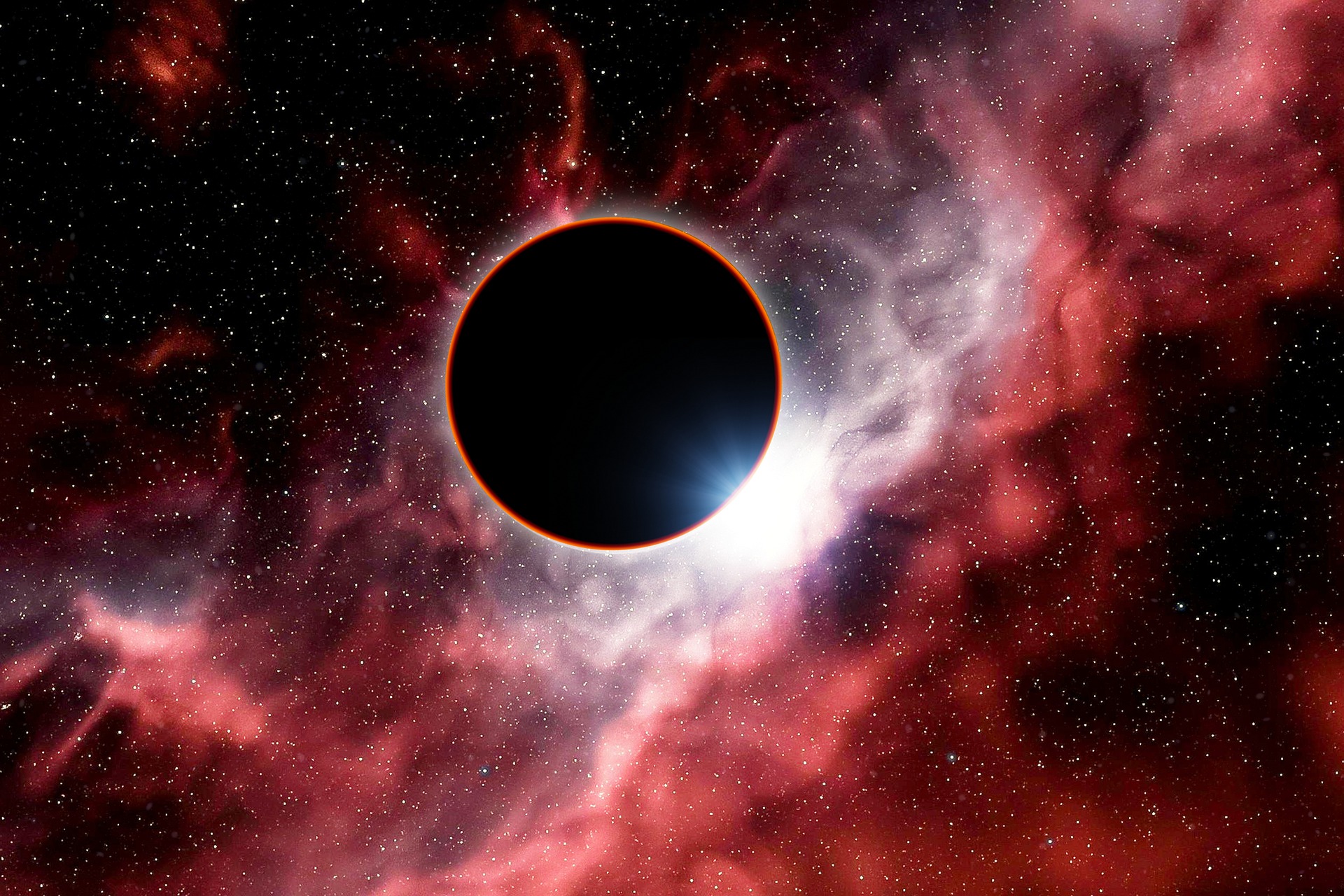The search for exoplanets has been one of the most exciting and groundbreaking fields in modern astronomy. Exoplanets, also known as extrasolar planets, are planets that orbit stars outside our own solar system. The discovery of exoplanets has helped us understand the prevalence and diversity of planetary systems in the universe. In this blog post, we will discuss how scientists find exoplanets and the methods used to detect them.
Methods to Find Exoplanets:
1 Radial Velocity Method: Watching for wobble
The first exoplanet was discovered in 1992, and since then, astronomers have discovered thousands of exoplanets using a variety of techniques. One of the most common methods is the radial velocity method, also known as the Doppler method. This method works by observing the wobbling motion of a star caused by the gravitational pull of an orbiting planet. As the planet orbits the star, its gravity causes the star to wobble back and forth, which causes the star to emit light at slightly different wavelengths. By measuring these slight shifts in the star’s light, astronomers can infer the presence of an orbiting planet.
2 Transit Method: Searching for shadows
Another popular method for detecting exoplanets is the transit method. This method involves observing the slight dimming of a star’s light when an orbiting planet passes in front of it. This dimming is caused by the planet blocking a small portion of the star’s light as it transits, or crosses in front of, the star. By measuring the decrease in the star’s light, astronomers can determine the size and orbital period of the planet.
3 Gravitational Microlensing: Light in a Gravity Lens
A third method used to detect exoplanets is the gravitational microlensing method. This method involves observing the gravitational lensing effect caused by a massive object, such as a planet, passing in front of a distant star. This causes the light from the star to bend and magnify, creating a temporary brightening of the star’s light. By measuring the duration and shape of the brightening event, astronomers can infer the presence of a planet.

4 Direct Imaging: Taking Pictures
A fourth method for detecting exoplanets is the direct imaging method. This method involves using telescopes to directly observe the light emitted by the planet itself. This is a difficult method because the light from the planet is often much fainter than the light emitted by the star it orbits. However, advances in telescope technology have made this method increasingly feasible.
5 Astrometry: Star wobble
When planet orbit around the star, it can cause the star to wobble around the space. Scientist can detect the star wiggling around in space in relation to the near by star in the sky.
This technique, called astrometry, is still incredibly challenging to do. It is very difficult to precisely measure the wobbling from planets, especially small ones like Earth-size planets, because stars wobble at such minute angles.
A sequence of photographs of a star and some of the nearby stars in the sky are taken by astronomers in order to follow the motion of these stars. The distances between these reference stars and the star they are examining for exoplanets are contrasted in each image.
Astronomers can examine a star’s motion in relation to other stars to see if there are any indications of an exoplanet.
Because of how our atmosphere bends and distorts light, astrometry requires incredibly precise optics and is particularly challenging to perform from the surface of the Earth.
In addition to these methods, astronomers are also using new techniques to detect exoplanets. For example, the TESS mission, which launched in 2018, uses the transit method to observe thousands of stars in the search for exoplanets. The James Webb Space Telescope, launched in 2021, use the transit method and direct imaging to search for exoplanets.
Total Exoplanet Detected till 2023:
- Total 1029 planets discovered with Radial Velocity Method.
- Total 3970 planets discovered with Transit Method.
- Total 63 planets discovered with Direct Imaging Method.
- Total 176 planets discovered with Gravitational Microlensing Method.
- total 2 planets discovered with Astrometry.
In conclusion, the search for exoplanets has been a rapidly evolving and exciting field in modern astronomy. The discovery of exoplanets has helped us understand the prevalence and diversity of planetary systems in the universe. By using a variety of techniques such as the radial velocity method, transit method, gravitational microlensing method, and direct imaging, astronomers have made significant progress in the search for exoplanets. With new technologies and techniques, we are sure to discover even more exoplanets and expand our understanding of the universe.
Useful Resource & Reference: Nasa | Read similar Articles on Space & Planets
